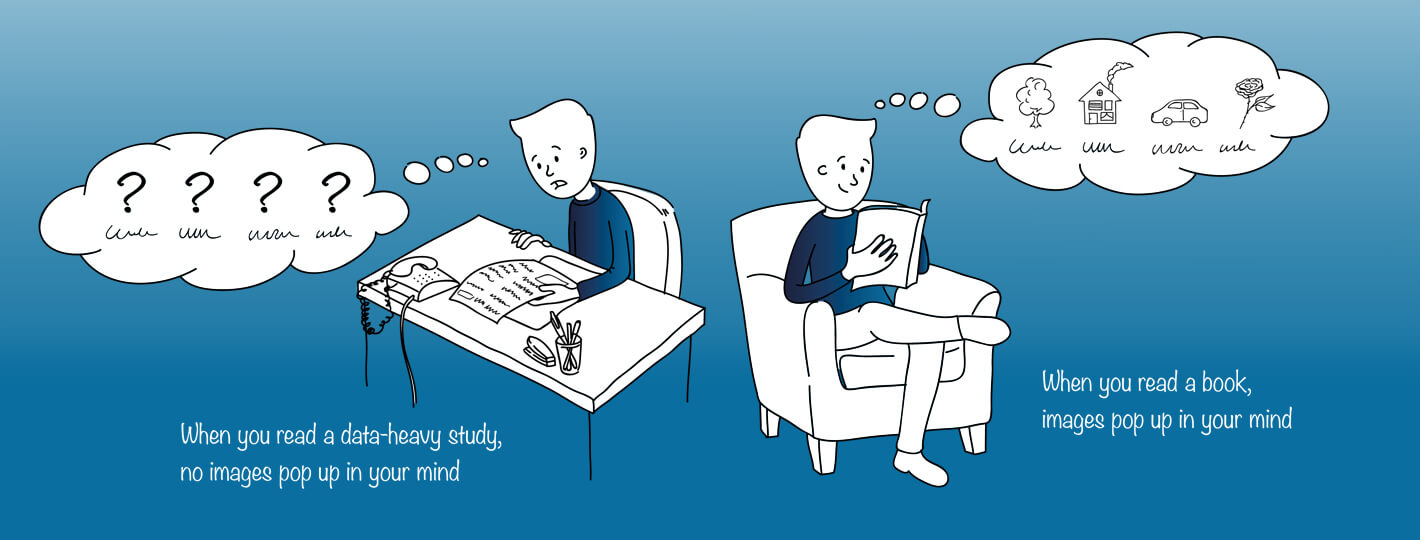Dual coding theory
Psychology professor and writer Allan Paivio hypothesized that visual input and verbal input are processed differently in the human mind and the information learned is then organized using mental codes corresponding to these separate representations. Because multimedia and interactive tools engage both spatial and verbal memory, the information they present is dually coded – in a way, doubly learned – and is so more likely to stick in the user’s memory.
Through experiments with dual-task paradigms, British psychology experts Alan Baddeley and Graham Hitch concluded that simultaneously performing a visual and a verbal task is nearly as efficient as performing each task individually. Less of a clash exists between visual and spatial tasks than between two visual tasks or two spatial tasks: the two systems work well in parallel.
Read more about different learning theories in our medical training eBook

